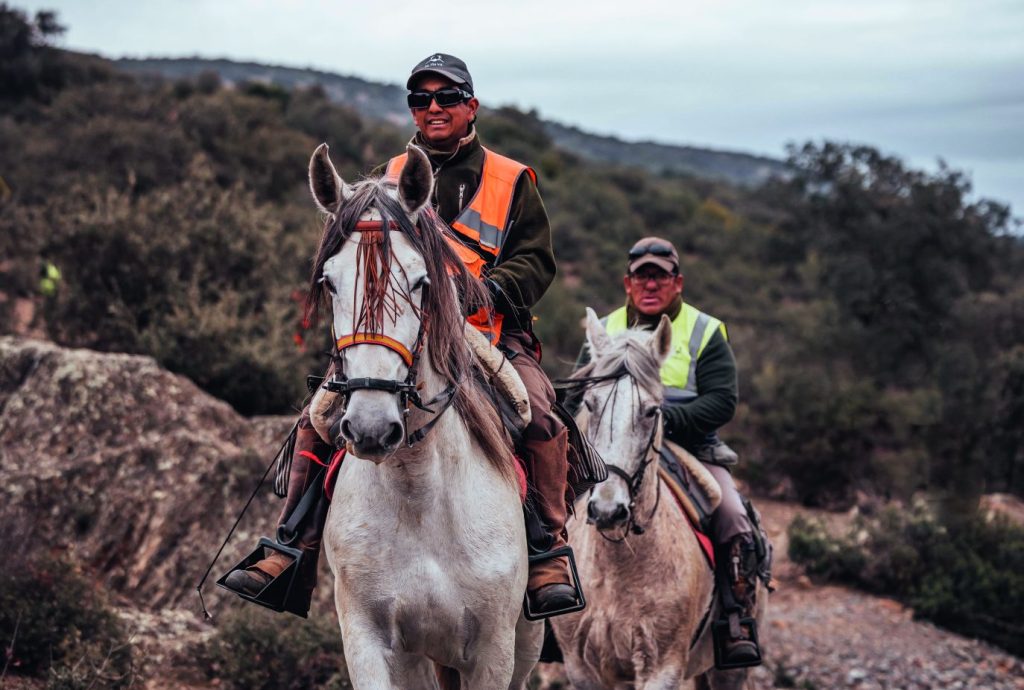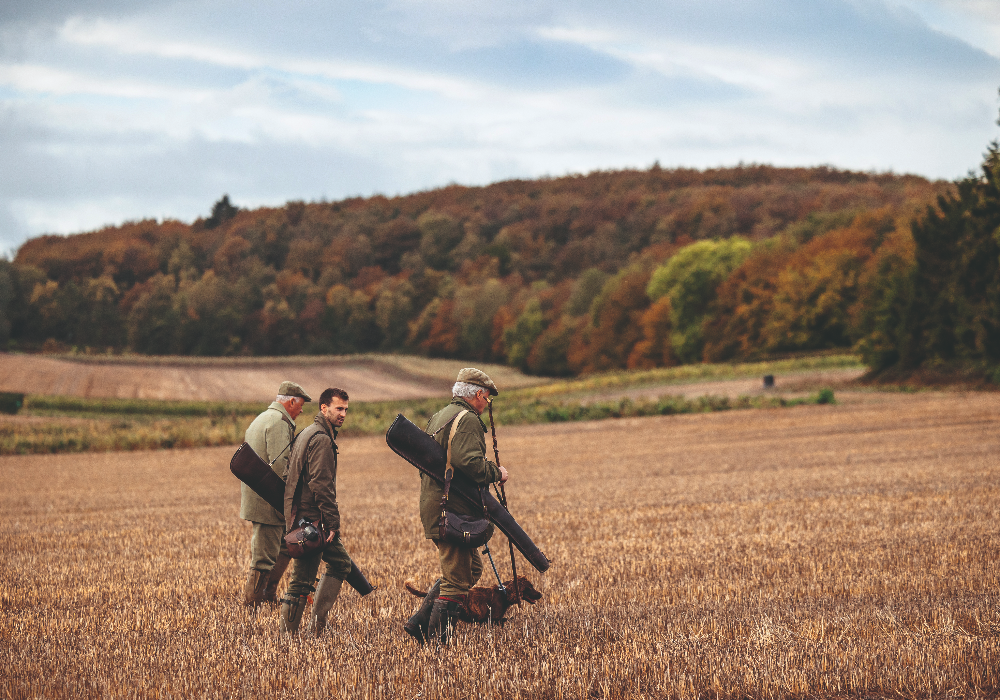The Bolton Estate, North Yorkshire. Where gameshooting and conservation work together…
An estate whose custodians are committed to encouraging wildlife as much as they are teams who recognise the value of conservation.
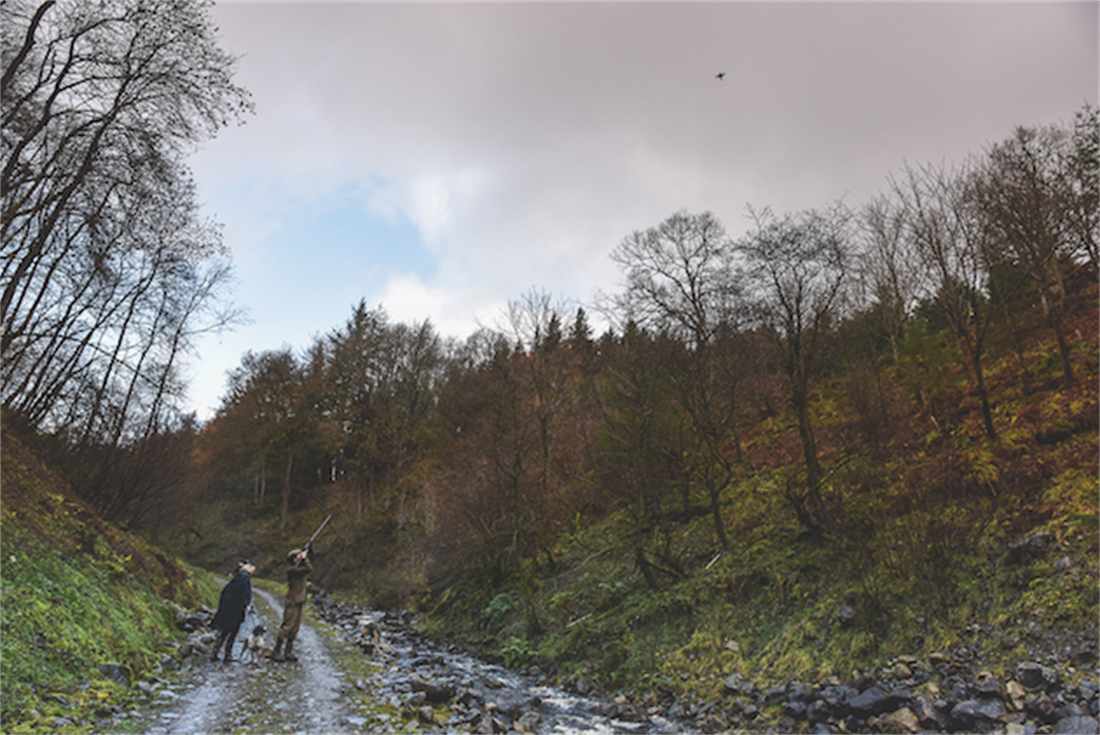
You will probably need to visit Bolton Estate more than once to fully appreciate just how important its 12,000 acres are to the fabric and ecology of the Yorkshire Dales. Many of the more than 60,000 visitors from across the world with any number of agendas will probably know the estate best for its castle, completed for Richard II’s Lord Chancellor, Richard le Scroop, in 1399. The impressive fortress sits in Wensleydale, between the market towns of Hawes and Leyburn, and is flanked by 5,000 acres of heather moorland to the north and surrounded elsewhere by rolling fields, becks, streams and ghylls that stumble and fall their way into the River Ure to the south.
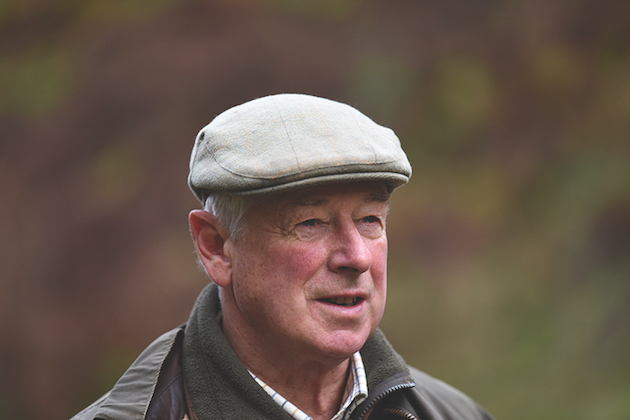
Given its varied topography, it won’t surprise you to learn this estate considers itself able to offer “world class” grouse and pheasant. The team certainly enjoyed our time when we visited the grouse moor over a decade ago. The folks who welcomed us that day had a passion for shooting and conservation, the sense of stewardship rather than ownership having been passed down by generations of its custodians, the Orde-Powlett family.
It is important to point out early on that the Orde-Powletts consider it their duty to make the estate accessible to and enjoyed by all. Walkers, cyclists and runners are all regular fixtures on the moor, which is one that the owners want others to share – its door is open but please leave it as you found it. There is certainly plenty to see and do across the estate, particularly for those of an ornithological bent or who appreciate how game shooting and conservation work in tandem to allow all manner of wildlife to flourish in what is, to put it mildly, hardy country.

Bolton Estate has been hosting shoot days since the 1970s
I met Harry Orde-Powlett, 8th Baron Bolton, in the shadows of the castle prior to a personal tour of the estate, a tour that would include conversations with pheasant keeper David Wragg and grouse keeper Ian Sleightholm about conservation projects old and new. As we drove along to meet them, Lord Bolton opened up about the history of the shoot. It transpired that prior to the 1970s, the first decade the estate began letting days, the Orde-Powletts had been living “off the fat of the land”. The shoot employed six gamekeepers back then and the family enjoyed some “fantastic” family outings. Lord Bolton’s father and grandfather had been avid fieldsportsmen and knew what they wanted from their shoot, but as the world changed during that tumultuous decade, so the economies of scale called for the shoot to become a commercial enterprise.
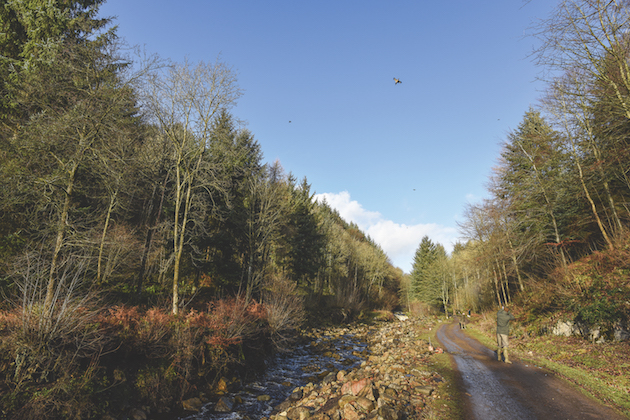
Beeches show off the estate’s many assets
Bolton Estate now hosts up to 34 days on grouse and around 30 days on pheasant, including driven, walked-up and over pointers. Few shooting parties take back-to-back days to shoot grouse and pheasant but that seems to be the preference of the foreign and domestic teams who come here (who prefer grouse and pheasant respectively), many having done so since those distant first days. Whilst many hundreds of shooting parties will have passed through the estate in the proceeding five decades or so, Lord Bolton still hopes their offerings “feel like friends’ days”. It was immediately apparent that he wears the traditions of the sport and the appreciation of his position on his sleeve, striking me as the sort of custodian who is able to look back with great satisfaction at what he’s achieved on the estate. Over the past 10 years his son, Tom, a former captain in the Irish Guards, and his wife, Katie, have become more involved and are taking on increasing responsibilities across the estate. One of Tom’s interests is trying to build bridges between traditional sporting conservationists and the non-shooting conservation community. He has been trying to focus his lifelong interest in birds on the estate in a more scientific way for the benefit of wider conservation.
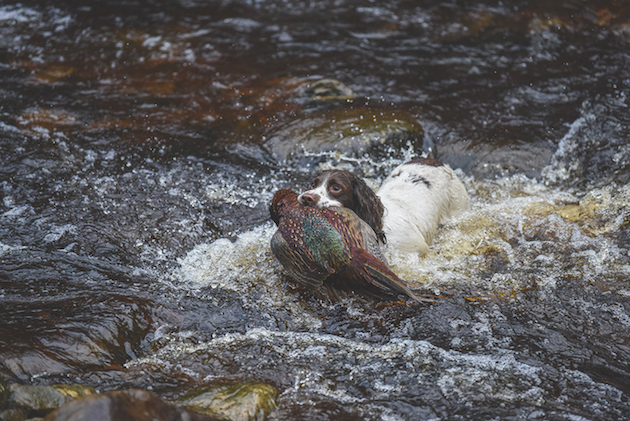
Habitat management is a key pillar in the estate’s multiple conservation projects. Around 26,000 trees were planted in a single year, all English hardwoods – oak, thorn, hazel, aspen and willow, anything able to cope in the kind of hardy conditions those who live in these parts know so well. David showed me one small pocket of woodland where dormice nest boxes were being fitted to saplings. “It might be two years before they arrive from other areas on the estate,” explained David, who is currently going through his licensing qualifications allowing him to handle the elusive creatures. “We’re looking at this long term, however, monitoring the boxes in co-operation with Yorkshire Dales National Park and the Environment Agency, to see how far their range spreads each year.”
Elsewhere, by maintaining feeders close to numerous ponds, the shoot has attracted water rails while the ghylls are home to a resident woodcock population.
“We don’t shoot woodcock here and there’s no tagging but we estimate there are between 200 to 300 on this ground,” explained David. Given that, as David put it, “predators don’t have boundaries”, he and Ian have gone to great lengths to hit predators hard, in order to create a fenced-off area on the edge of the moor with natural, wet and boggy areas in the bracken, which also regularly attract common and jack snipe.
Red squirrels have benefitted from David going after greys, too. Numerous birds of prey can be found across the estate, including merlin, buzzard, kestrel, hen harrier, peregrine and tawny, short-eared, little and barn owls. Hobbies, marsh harriers and red kites are seen occasionally, too. Add to this barn owl tagging and electrofishing, which has recorded increasing numbers of migratory fish, and you have an impressive inventory of species. And all of this just on the pheasant ground.
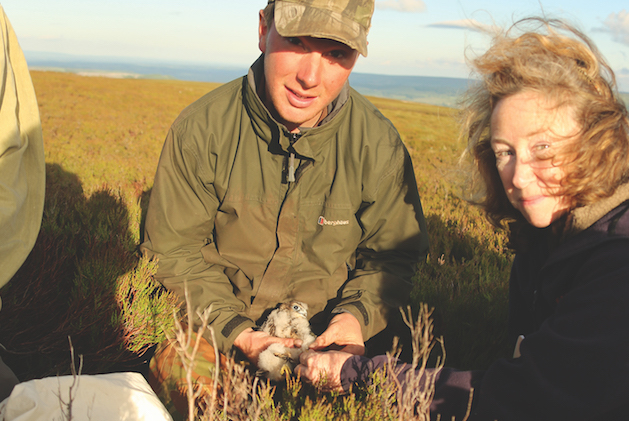
Up on the moor, Lochyers Tarn, a heart-shaped lake that sits in a hollow under Great Wegber, has an abundance of wildlife around it, a belt of moorland fringe ground, rushes, bracken, trees, 1,500 acres of ideal habitat for a number of species the estate feels ‘lucky’ to have. We saw handfuls of red grouse as we bobbed our way to the top of the moor, their distinctive red combs easily visible in the sugary brown heather.
Although we also noticed plenty of evidence of burning across the moor at ground level, to get a true idea of just how much work has been carried out at Bolton Estate, you have to take to the skies, where recent satellite imagery shows Ian’s impressive efforts to regenerate the ground. It hasn’t been easy to achieve. Heather beetle has been a constant headache – as have legislative changes to various general licences and, of course, cold waves such as ‘The Beast From the East’ – climate change is having an effect on the moorland timetable.
“Wading birds are coming back onto the moor earlier, and if you get a bad belt of cold weather, a frost, it pushes them back down the ghyll again. ‘The Beast From the East’ was terrible for them because they were getting into breeding mode, but soon found that the water they depended on was frozen. We lost a lot of lapwing and small birds during that time,” said Ian.
There have been numerous successes, however, thanks to Ian being “constantly on the foxes” and trying hard to create that buffer zone so that waders, including redshank, lapwing and a “huge population” of golden plover can thrive. “It’s alive in April and May,” Ian told me.
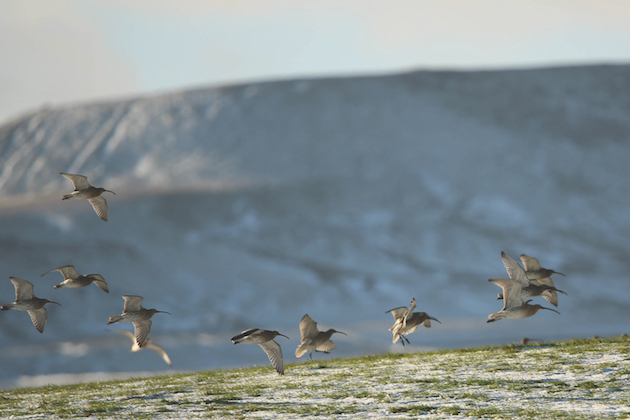
One of the most notable successes, and one which allows Bolton Estate to shout loud and proud about its conservation efforts, is the Curlew Festival, an event founded by Tom in 2017 that attracts hundreds of people to the moor each season. This event is significant in that it brings the general public into contact with gamekeepers via guided ‘safaris’ on the moor and opens up their work and those of organisations, including the GWCT, BTO and RSPB, covering everything from seminars to readings and even art and writing workshops in one area.
While the management of two moorland beats gives Ian and underkeeper Daniel Place plenty to do during their working day, including monitoring and replacing around 1,000 fen traps, they still find time for other projects. Bolton Estate is involved with Yorkshire Dales Moorland Group, and when they are not attending social events or engaging with visitors at country shows (plucking pigeon at Countryfile Live was apparently a massive hit) they are undertaking voluntary projects, with the likes of BTO, monitoring wader nests as part of their daily routine, with a merlin project carried out in collaboration with the BTO, Natural England and estates across Wensleydale, Swaledale and Arkengarthdale revealing a high density of merlins in the area.
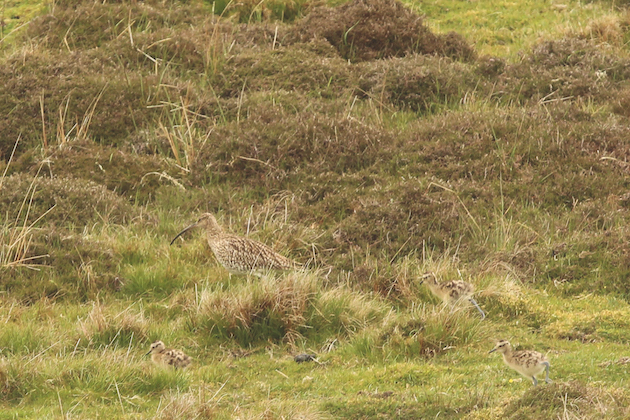
Just like David farther down, Ian regularly spots waders when going about his business in the close season, conducting worm counts or laying down grit. Carefully removing the canopy of heather by cool burning has allowed blanket bog to recover, with increases from 30% to 70% of the SSSI in favourable condition between 2009 and 2014. This has helped to bring the moor up to the highest possible standards with a mosaic of varied habitat structures, suitable for the whole array of moorland birds you will not fail to spot.
“If the weather comes good in winter you are out as often as possible; by spring we’re off the heather, as grouse begin to lay at the beginning of April. The seasons are getting earlier and you’ll see a lot of lapwings nesting on the moor earlier,” Ian explained.
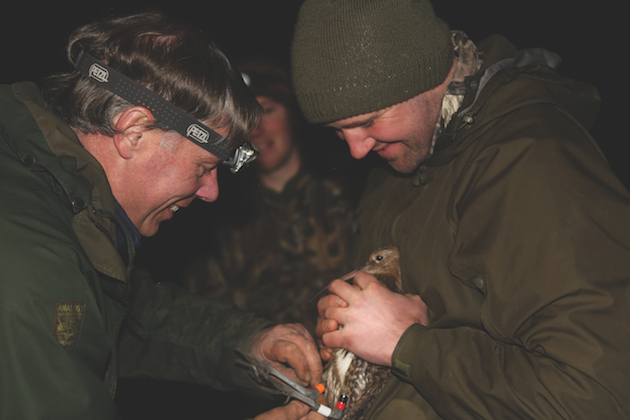
“The spring count on the moor begins in March. Each beat has four 100-acre plots and a party of four plus dogs will head out at first light and sweep through the heather; then they will return in July to do the brood counts – it’s a good indication of how well the estate is performing.”
“We’ve just got consent to cut the heather on blanket bog, so can now only burn on shallow peat areas. It will involve monitoring plots, samples taken every five years. We’re also trying to help sphagnum mosses by managing the heather through burning, so that we take the canopy off the top, leaving the seed beds at the bottom and understorey of vegetation undamaged, which thrives when more light is let in.”
By the time you read this, Ian will also be well into a moorland re-wetting programme, which will involve blocking natural gullies, man-made grips, re-profiling peat hags, making the gradient shallower and re-vegetating bare peat. Huge bags of heather brash will be spread across the bare peat, improving carbon storage, improving water quality and holding water back.
If anyone ever thinks game shoots are only active between 12 August and 1 February they need to come to somewhere like Bolton Estate in the close season – and preferably more than once.
Related Articles
Get the latest news delivered direct to your door
Subscribe to Fieldsports Journal
Elevate your experience in the field with a subscription to Fieldsports Journal, the premium publication for passionate country sports enthusiasts. This bi-monthly journal delivers unparalleled coverage of game shooting, fishing and big game across the UK and beyond.
Each issue offers a stunning collection of in-depth features, expert opinions and world-class photography, all presented in a timeless yet contemporary design.
Save 10% on shop price when you subscribe, with a choice of packages that work for you. Choose from Print & Digital or Digital only with each journal delivered directly to your door or via the app every other month, plus access to past issues with the digital back issue library.






